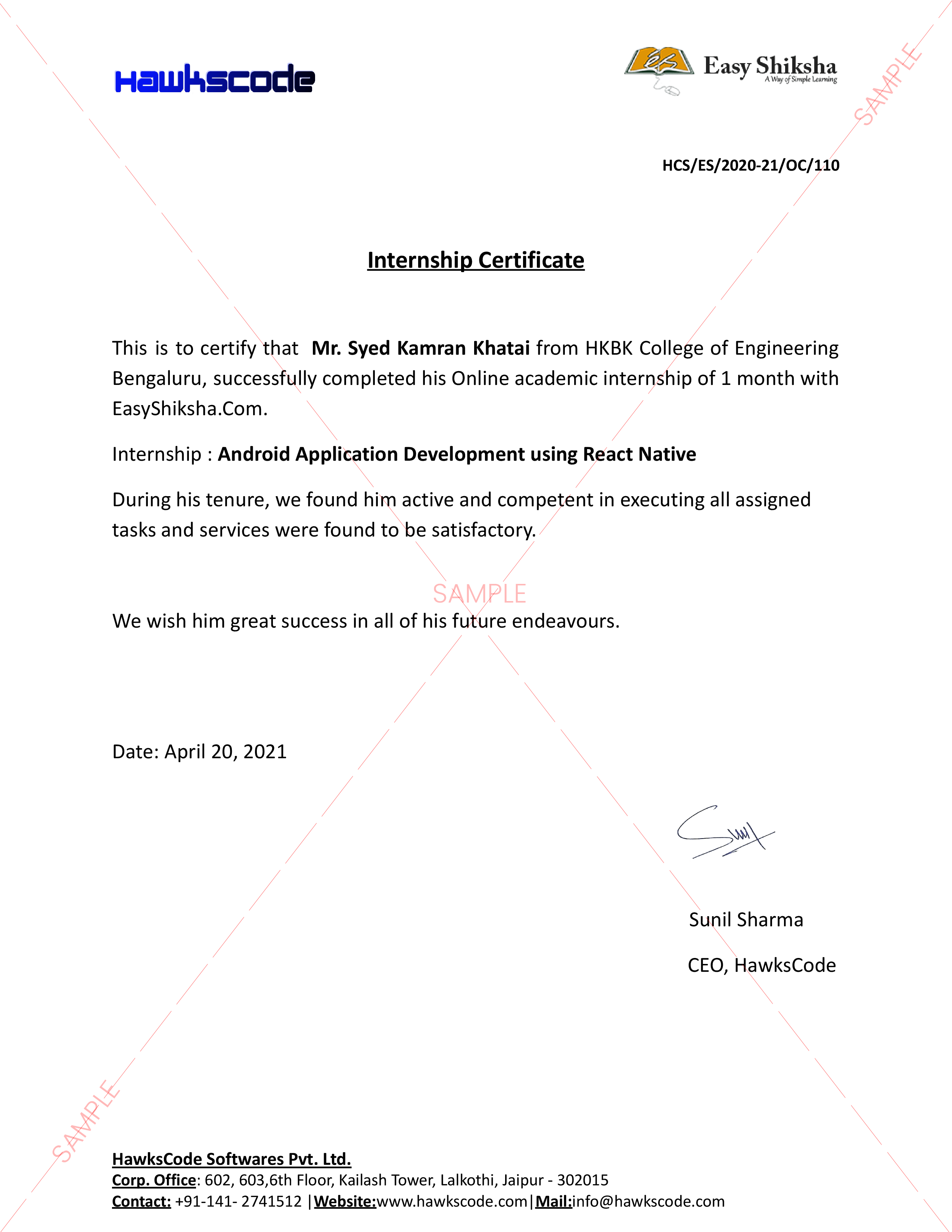A Comprehensive Approach to Enhance Student Well-being during School Bus Commutes
Authored by Jaya Bhura, Co-founder and Director of Chakraview Solutions
Introduction:
School bus safety has emerged as a critical concern in India, particularly with the alarming increase in bus accidents and fatalities involving school children from 2018 to 2021. Addressing this issue requires a proactive approach, and this article explores the pivotal role of modern technology in elevating school bus safety, aligning with the guidelines mandated by the Supreme Court of India.
The Impact of School Bus Accidents:
Between 2018 and 2021, a staggering 22,442 lives, including those of school children, were lost in bus accidents across India. This dire situation underscores the urgent need for a comprehensive strategy to mitigate risks and ensure the safety of students during their daily commutes.
Utilizing Technology for School Bus Safety:
Modern technology has proven to be a potent tool for enhancing school bus safety. Here are some of the features provided by such tools –
Key Features of Technology:
1. Real-Time Monitoring: Parents and school officials can track school buses in real-time, ensuring accurate location updates from pick-up to drop-off.
2. Attendance Tracking: Technology ensures accurate attendance records of children while boarding and alighting from the bus at school and home.
3. Driver Behaviour Analysis: Technology allows for the analysis of driver behaviour, empowering fleet managers to implement safer driving practices through targeted interventions and training programs.
4. Route planning and optimisation: Schools can plan their routes dynamically and optimise them to save fuel and travel time for children.
Supreme Court Guidelines for School Bus Safety:
The Supreme Court of India has issued comprehensive guidelines covering various safety aspects, including identification, safety essentials, school identification, security measures, speed control, identifiable appearance, seating capacity, driver qualifications, bag storage, and child details records. Adhering to these directives is crucial for ensuring the safety and well-being of students during their school bus journeys.
Real-Time Communication and Monitoring:
In addition to technology, implementing a robust bus-tracking app is essential. The app should feature:
1. Real-Time Monitoring: Parents can monitor the bus in real-time, receiving accurate updates on its location.
2. Real-Time Communication: Two-way communication via the app enables parents to contact bus staff directly in case of delays or irregularities.
3. Real-Time Child Attendance: A system for real-time child attendance through facial recognition or QR code scanning ensures accurate boarding, enhancing overall safety.
Also Read: Aster RV Hospitals Joins Forces for a Remote Healthcare Initiative
Conclusion:
School bus safety is a collective responsibility that requires collaboration between schools, transport operators, and parents. By leveraging advanced technology and adhering to Supreme Court guidelines, we can create a safer environment for students during their daily school bus journeys. This commitment reflects a shared dedication to the welfare of the generation, paving the way for safer, more secure school bus journeys and instilling confidence in parents. Ultimately, the integration of technology ensures not only the physical safety of children but also provides peace of mind for parents, fostering an environment where students can focus on their education without compromising their safety.
This year educate yourself and develop your career with EdTech Platform EasyShiksha

































































